SAP CPI Tutorials and SAP CPI DS Tutorials for Beginners
Hello and welcome to the SAP CPI Tutorial blog! You’ll find all you need to know about setting and administering SAP Cloud Platform Integration (CPI) right here. This blog is intended to help you learn the fundamentals of CPi, gain a thorough grasp of CPi technology, and discover how to build integrations in the cloud, among other things. We believe that this blog will assist you in propelling your business forward by leveraging the potential of digital integration.
SAP CPI full form is SAP Cloud Platform Integration.
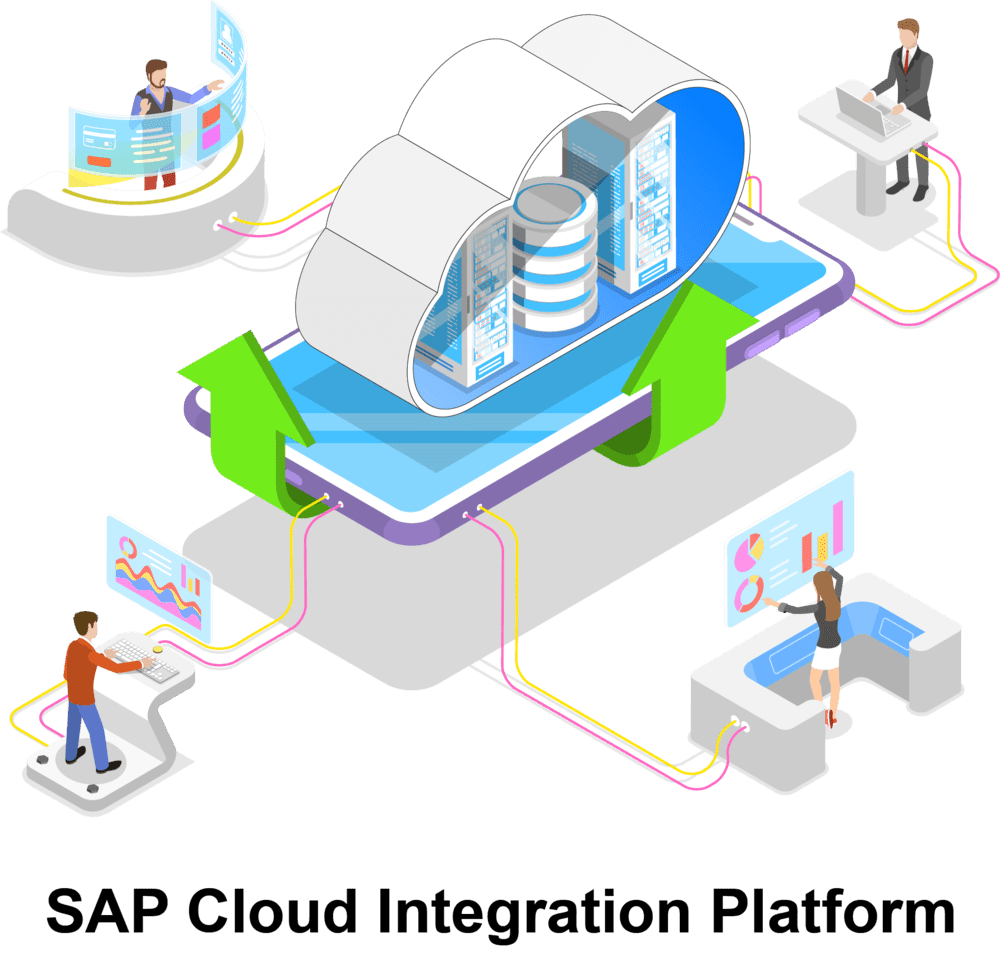
It is an integration platform that enables users to deploy integrations as quickly and seamlessly as possible.
It offers various powerful cloud-based integration services like connectors, mappings, an enterprise messaging service and identity provider services – making SAP CPI ideal for rapid implementations of integrations in an organization.
SAP CPI allows rapid connection and integration between on-premises, cloud, and hybrid applications and systems.
Customers using this SAP technology can create integrations on an easily manageable secure platform which ensures scalability, stability, and monitoring
Content Modifier in SAP CPI

Content Modifier, introduced as part of SAP Cloud Platform Integration Service version 18.8 in late 2018, is an innovative graphical mapping toolthat makes configuring data transformations faster with less effort or complexity than using Groovy scripting alone.
Benefits of Content Modifier:
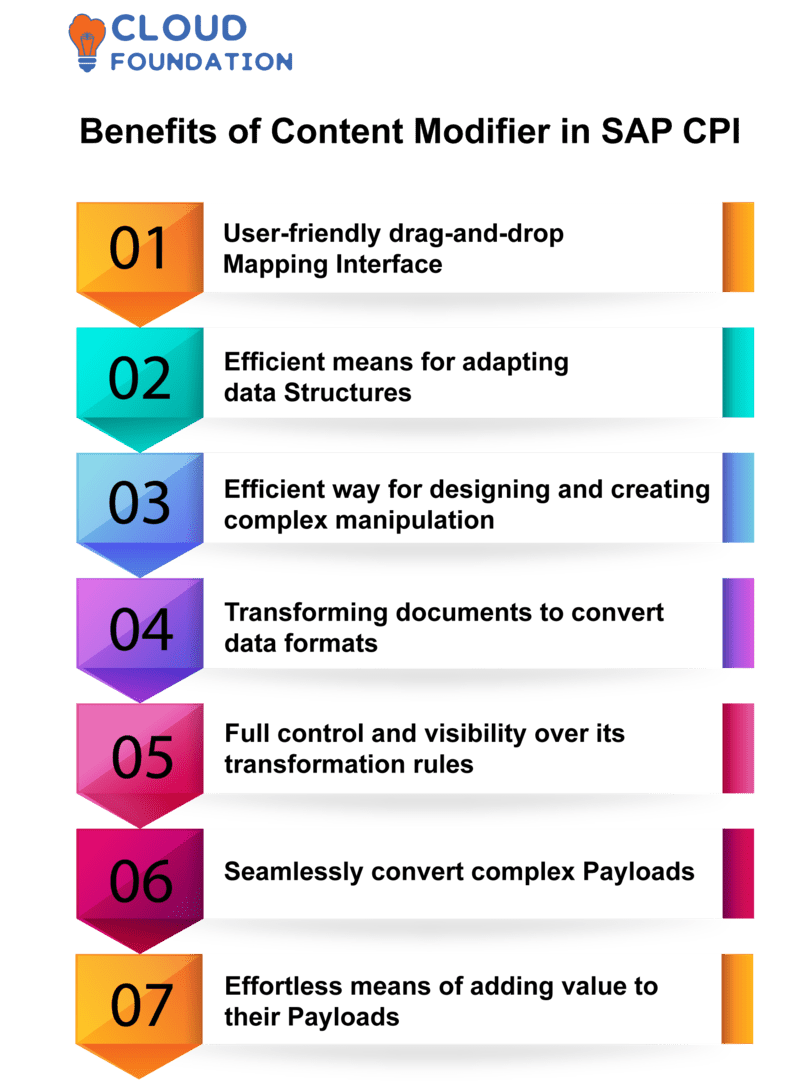
Content Modifier offers users a user-friendly drag-and-drop mapping interface which makes enriched payloads possible by altering or changing original payload structures without additional development effort or expense.
Content Modifier provides an efficient means for adapting data structures or content for downstream applications when they exist in disparate formats or data types, especially where source and target systems do not share similar formats or types.
It provides an efficient way for designing and creating complex manipulation, providing one centralized solution for altering and enriching both document content and message formats.
It is ideal for situations such as transporting messages in one format to another format or transforming documents to convert data formats or enrich payload with additional values.
It provides full control and visibility over its transformation rules, giving users full view of original payload as well as field mapping/type conversion at any level in payload hierarchy.
Content Modifier can seamlessly convert complex payloads from one message format to another – from XML to JSON and back again – seamlessly.
It also provides customers an effortless means of adding value to their payloads, providing users with an efficient means to add complexity or additional data from an external source without needing to implement complex programming code for transformation or enrichment – such as including address details from one’s address book into modified payloads.
Content Enricher in SAP CPI

Content Enricher in SAP CPIis an efficient solution that enables businesses to enhance transactional communication flows, enhance value in current assets and foster stakeholder collaboration.
Organisations can convert standalone endpoints to services accessible across channels through content enrichment; design complex service flows more easily thus providing better customer experiences.
SAP CPI’s Content Enricher function enables businesses to quickly add contextual data from multiple sources into messages coming in from multiple channels.
By processing an incoming message through this module and altering its contents accordingly, businesses may quickly increase productivity with existing systems and processes by including pertinent contextual information within incoming messages – quickly improving productivity of processes & systems overall.
Businesses benefits of using Content Enrichers:

It helps organizations develop more data-driven services by making sure all stakeholders have access to all necessary information for completion of tasks by adding contextual data into messages and making data access easy across departments.
It also helps businesses simplify the management of current assets by simplifying management procedures for increased maximization.
This content enricher offers organizations several key benefits.
It allows organizations to enhance messages with static values.
Organizations can leverage static values by augmenting messages with static data, sometimes called static properties.
With static Value content enricher to boost messages through it in various ways including giving context when trying to find services, or fill any information gaps within messages themselves in any messages by giving context when searching services using them (ie).
Companies looking into content enrichers must always consider all property types and formats when making decisions to implement content enrichers, from strings, numbers, objects and arrays to plain text formats like JSON or XML.

SAP CPI Training

Aggregator in SAP CPI
SAP CPI’s Aggregator tool is one of its cutting-edge features, due to its ability to collect information from and distribute it among different platforms.

Aggregators are an API (Application Programming Interface) which collect and combine data from several sources into one consolidated set for use by
Data sources (such as databases, documents or APIs ) can be brought together using middleware like SAP CPI Aggregators in order to form one collection of objects more quickly and more efficiently than conventional integration methods like mapping/synchronisation.
SAP CPI Aggregators provide more flexible storage / alteration capabilities by being able to store or alter objects when needed unlike these systems that synchronise or map/synchronise or map items between systems.
What is a Filter in SAP CPI?

SAP CPI Filters are used for Information Control.They are used to manage what information enters and exits a system by comparing its payload against a set of rules to decide whether or not to let through messages that violate those rules.
Depending on these rules, they may choose either to reject all or just parts of them as messages pass through their filters.
Filters can help prepare data before it leaves, providing it with its expected shape and structure.
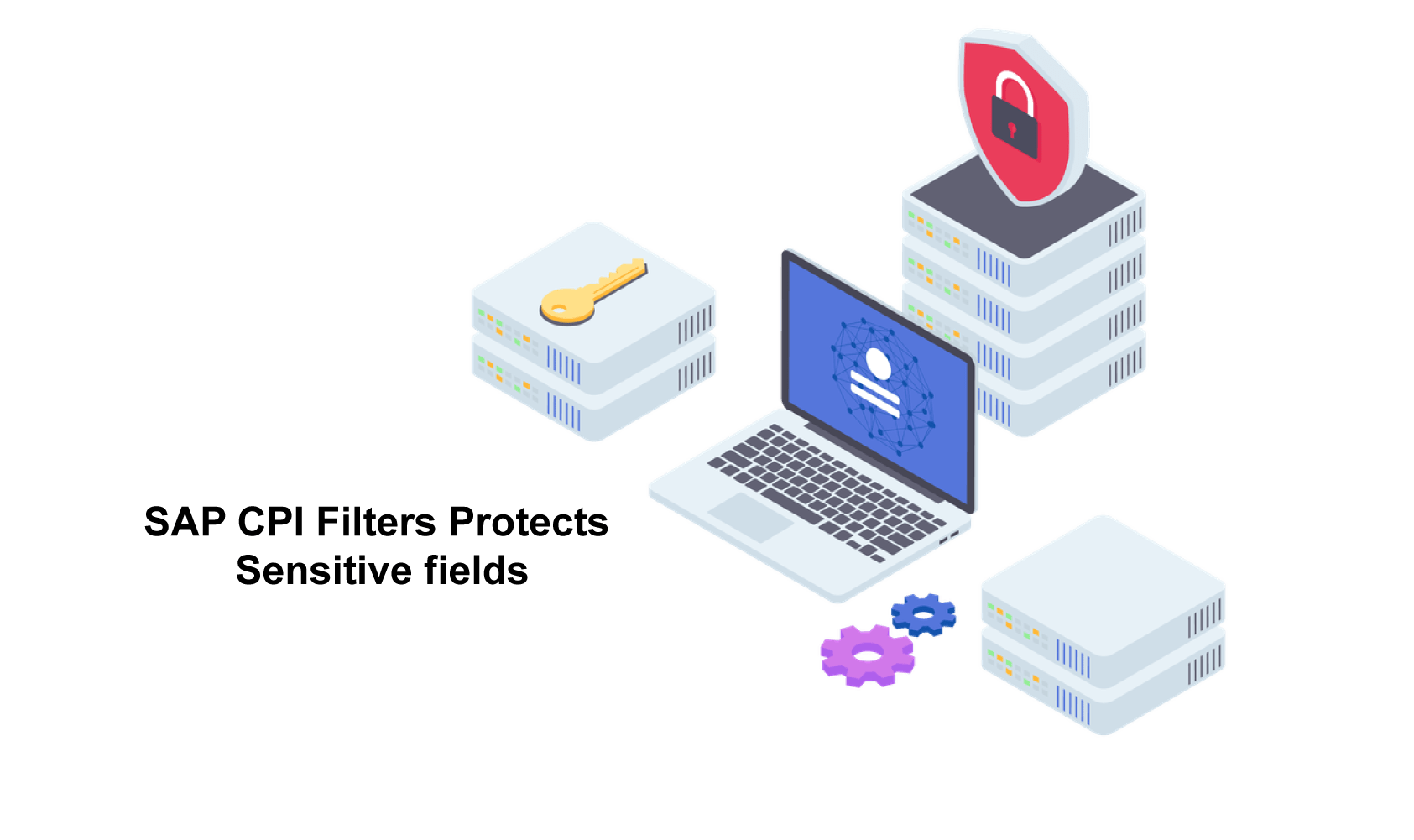
Filters also protect sensitive fields by eliminating unnecessary data entries – something not feasible if all fields contains sensitive or irrelevant material that must be sent across without errors.
Exception Subprocess in SAP CPI
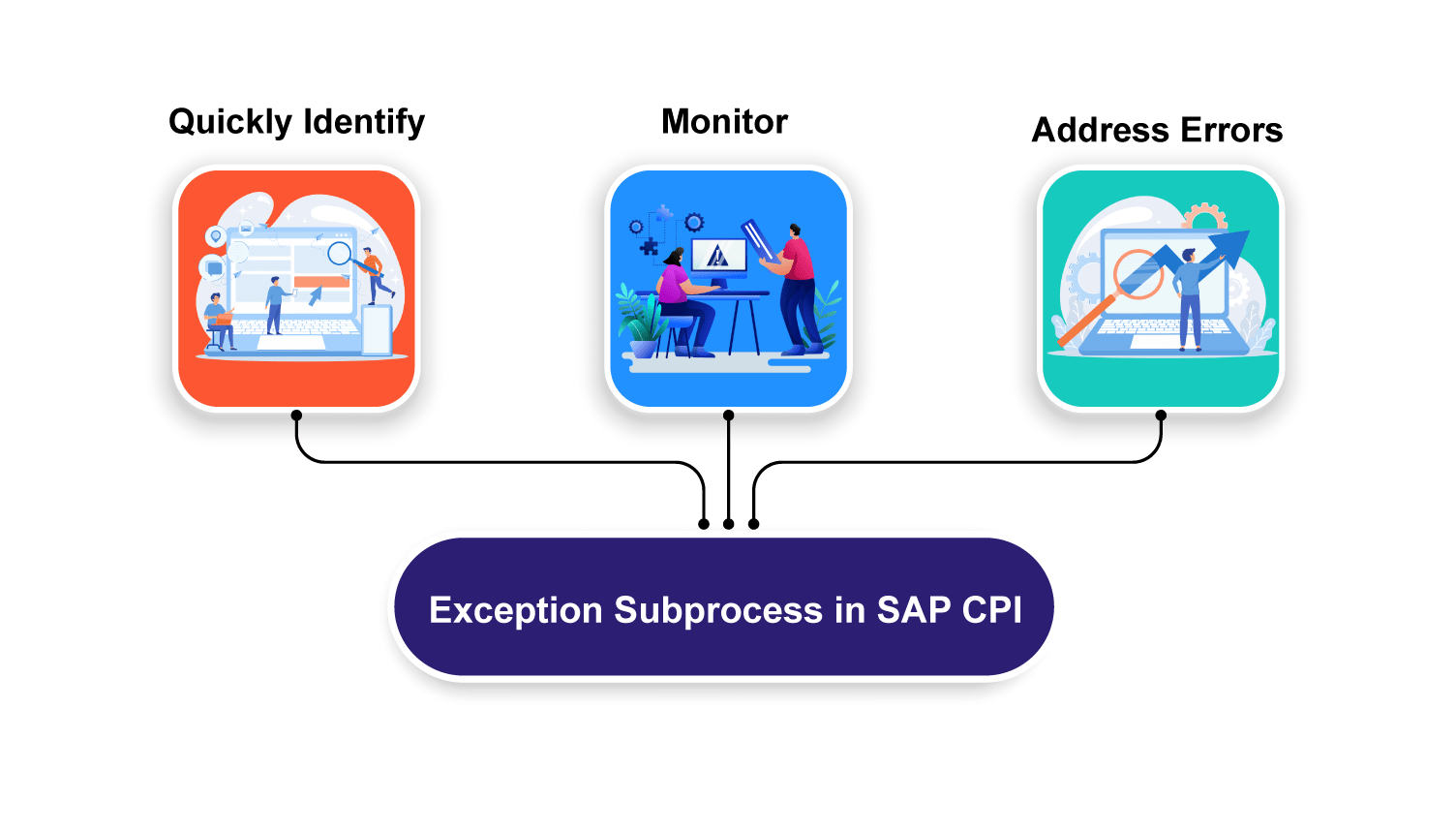
SAP Cloud Platform Integration (CPI)’s exception subprocesses enable users to quickly identify, monitor, and address errors or abnormalities that arise in integrating various business services.
CPI offers comprehensive exception management as part of this solution and these subprocesses help users respond rapidly and effectively when encountering difficulties related to integration while helping prevent subsequent mistakes from reoccurring.
Purpose of Exception Subprocess
CPI’s exception subprocesses serve to manage errors during integration processes by detecting, identifying and alarming them as they arise.
Before taking appropriate actions based on them – either preventive measures like sending notice emails to alert staff of an imminent error occurrence, or corrective steps like restarting operations or the integration process itself.
Groovy Script in SAP CPI
SAP Cloud Platform Integration relies heavily on Groovy Script as its object-oriented scripting language to automate SAP Cloud Platform Integration and provide an elaborate scripting environment within CPI itself.
Developers automating procedures or customizing integration scenarios should consider making use of Groovy Script as their official script language of SAP Cloud Platform Integration.
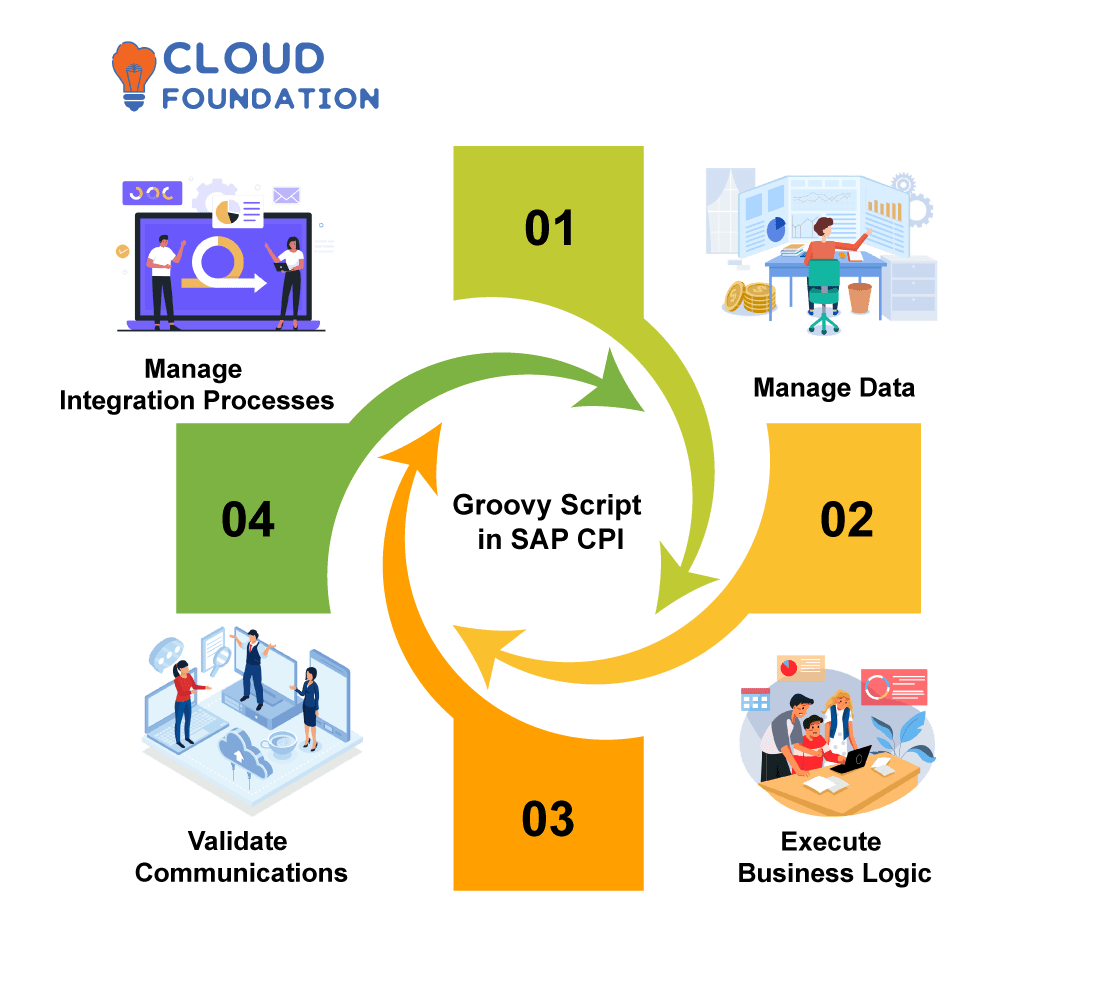
Developers can utilize Groovy Script to manage data, execute business logic, validate communications and manage integration processes.
Developers may instantly automate SAP CPI activities with simple code; thus ensuring project compliance with business rules.
Groovy Script is fast to produce and debug and may be embedded into larger software programmes or integrated with other languages seamlessly.
It offers best-in-class development automation functionality; while its syntax makes writing, changing, and testing code easy and straight forward.
Groovy Script in SAP CPI outshines language-specific scripting as it can manipulate data while handling integration operations more seamlessly, providing developers with a convenient tool for automating and customising integration scenarios.
Cloud Connector SAP CPI
Cloud Connector SAP CPI (Cloud Platform Integration) connects two cloud systems securely by moving data between them without needing to know each platform’s usage restrictions or perform manual connection maintenance.
Clients can seamlessly transfer their data between SAP, other on-premise services and cloud based providers or multiple clouds through this tool.
The Cloud Connector offers an easy, safe way of linking two cloud-based systems together. Its advanced security measures protect user information.
Bulk, scheduled and asynchronous data transfers work smoothly while intelligent data management keeps user’s from becoming overburdened with data flows.
Cloud Connector’s user-friendly connection and secure design have made it a favorite cloud technology among businesses.

Due to its superior efficacy and security, SAP CPI (Cloud Connector) enables companies to transmit data between cloud platforms securely. Cloud Connector facilitates secure transmissions of business logic as the expansion of services continues across different cloud systems.

SAP CPI Online Training

Event Mesh in SAP CPI
Event Mesh in SAP CPI involves connecting cloud applications through Event Mesh message chains without needing to code anything; automating business procedures without writing code.
SAP CPI Event Mesh nodes provide a framework to create message chains’ workflow.
Each node represents communication, event, or data transformation and a bridge between systems for information exchange.
SAP Cloud Platform Integration (CPI) integrates cloud apps seamlessly for businesses of any size.
It provides technical setup-free app integration solutions that automate low-cost processes to save both time and money for companies. By automating low-cost tasks, CPI saves firms both time and money.
Customers can leverage SAP CPI Event Mesh message chains for automating trigger-based processing of events, with endpoints set up so that when a message arrives, it sends an email, triggers a webhook or receives data from databases directly.
Automating machine communications reduces expenses while improving efficiency.
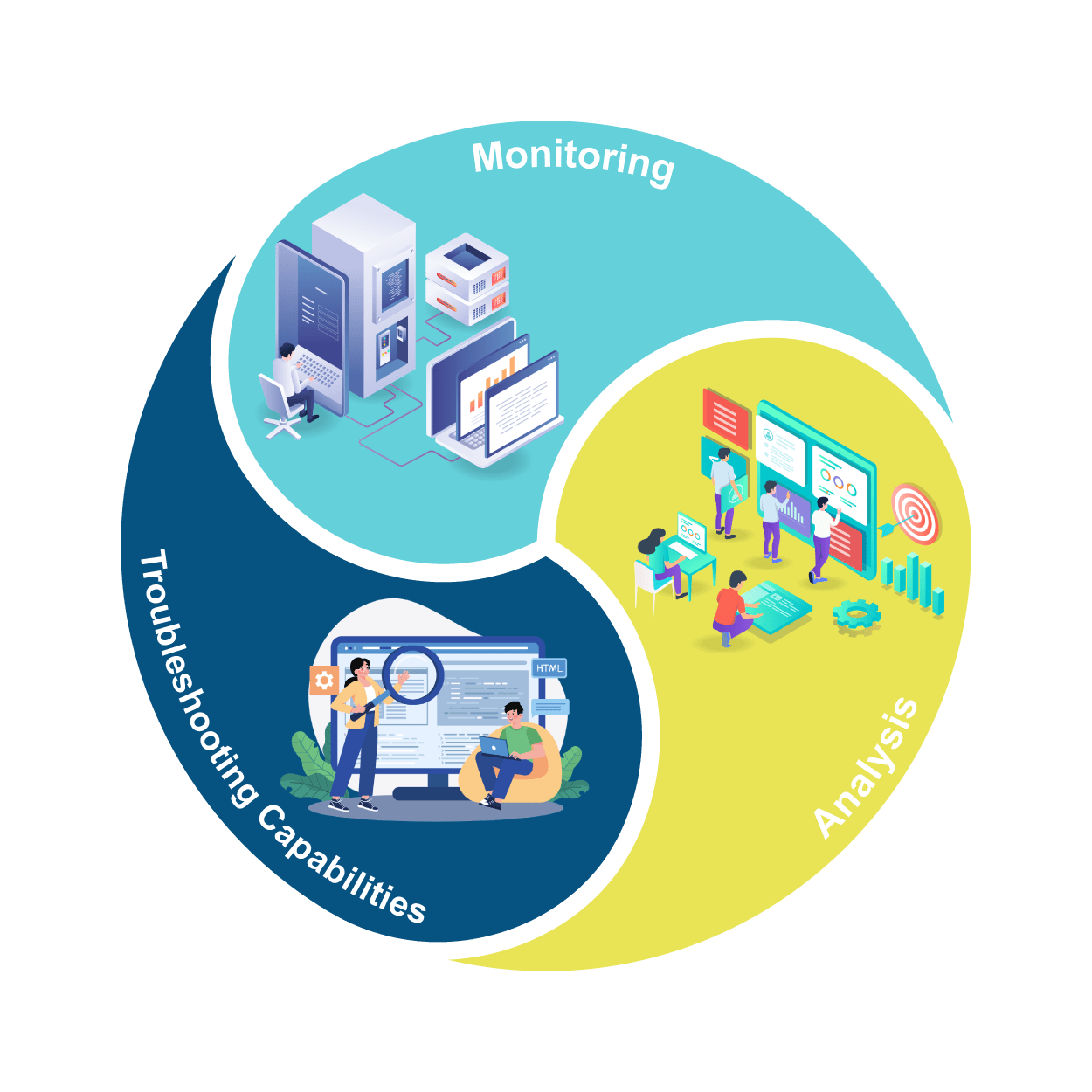
SAP CPI’s Event Mesh optimizes cloud process monitoring, analysis, and troubleshooting capabilities.
Users may immediately address message processing problems with its monitoring features – providing firms with a valuable means for anticipating issues before they arise and solving them promptly.
API Management in SAP CPI
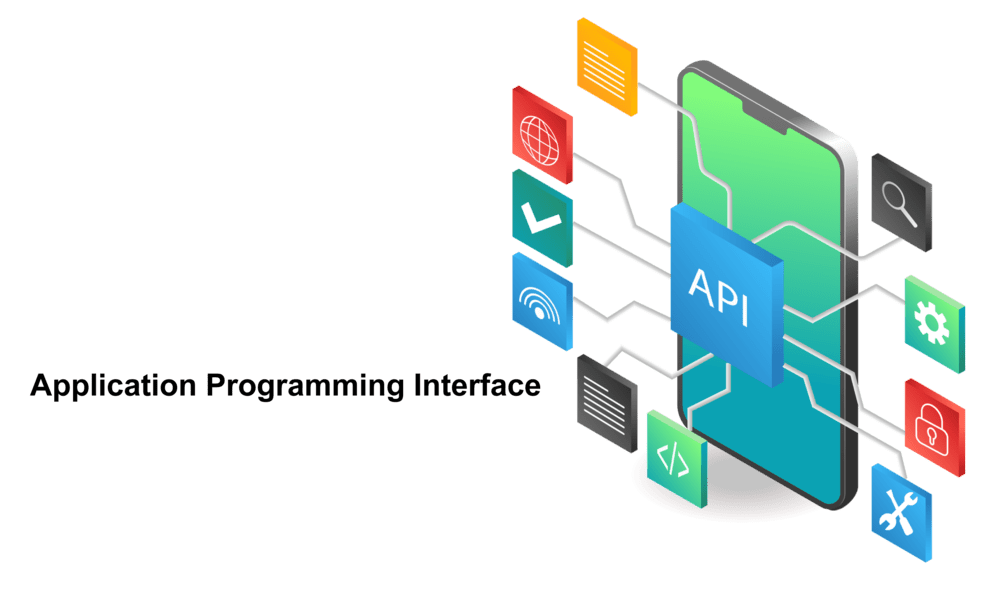
SAP Cloud Platform offers API Management as a complete and end-to-end solution, with tools and services seamlessly integrating to enable secure control and regulation over APIs and services within cloud native environments – providing enterprises access to secure resources across numerous apps, platforms, and environments.
SAP CPI API Administration feature empowers businesses to build and manage APIs in the SAP cloud environment securely, reliably, and safely while creating an unified view across different apps, systems and environments of APIs and their related services.
Furthermore, using their full governance approach of providing secure API access while creating policies to enforce them while producing invoices insights analytics as well as monitoring API consumption can ensure businesses maximizing business potential through SAP Cloud Platform Integration API Management solution.
Splitters in SAP CPI
SAP CPI’s Splitter provides an adaptable mechanism that accurately splits payloads from one message into multiple ones, making data management between backend systems efficient and intelligent.
A Splitter may divide an order structure into individual order items as individual messages when dealing with large sets.
There are four different kinds of Splitters;
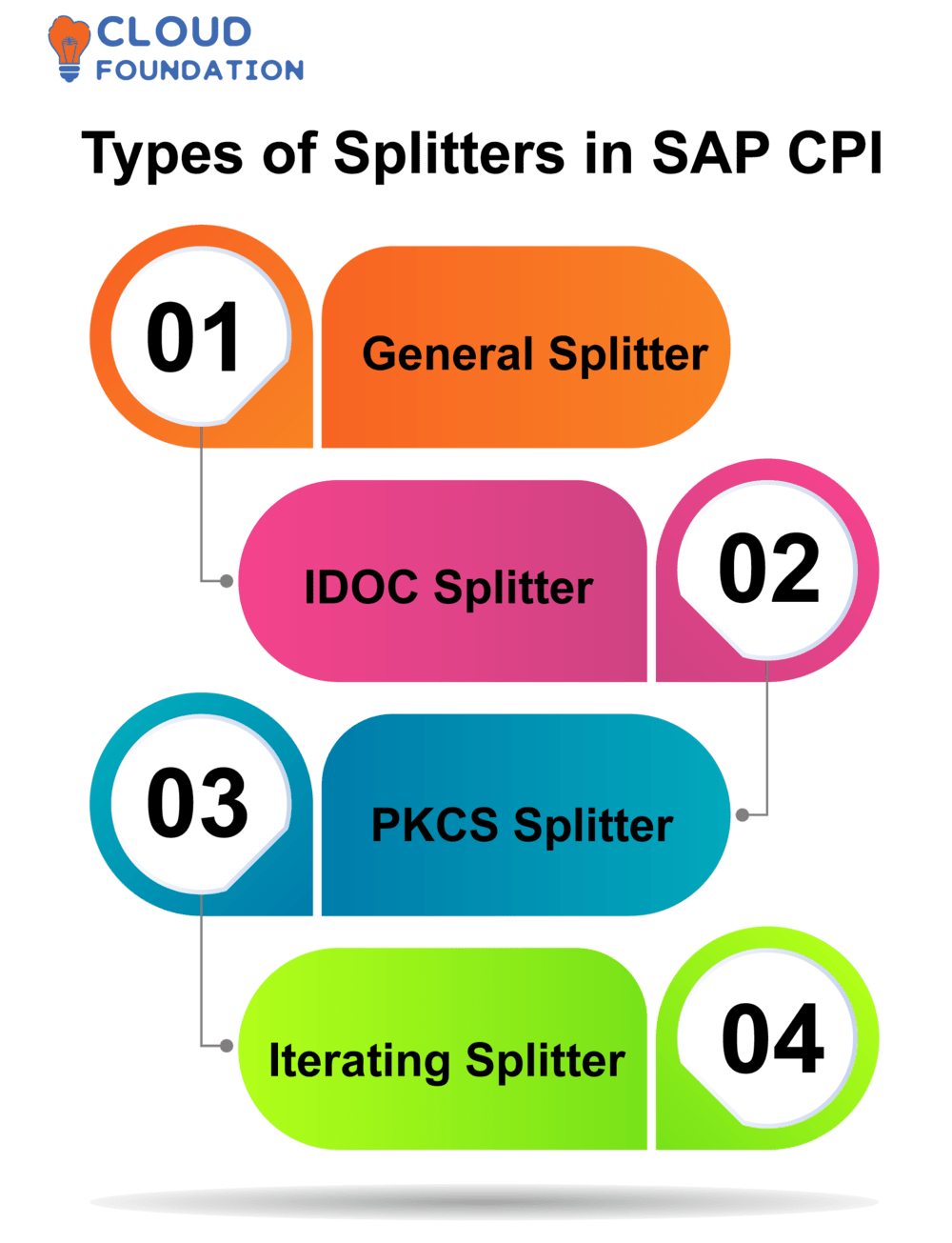
General,
Idoc,
PKCS and
Iterating Splitter
General Splitter for SAP CPI:
SAP CPI features the General Splitter to divide business processes more easily and manage them more simply, such as processing orders or data quickly and simply.
Applications can use it to separate massive, complex messages into individual pieces for handling by applications using it and facilitate quick processing speeds compared to processing them all at once using traditional means.
This feature facilitates fast management processes including processing huge orders or data sets quickly.
General Splitters must utilize various capabilities of SAP CPI platform in order to process messages rapidly and correctly, such as splitting/aggregate control patterns, idempotent receiver patterns, exception handling features or correlating the process and message correlation.
IDoc splitters:
IDoc Splitters for SAP Cloud Platform Integration (CPI). They make import into target applications and systems much simpler by breaking large IDoc files down into manageable pieces for simpler import, while providing increased control and flexibility of data transfer between source and target systems.
CPI allows you to specify unique splitting rules according to system needs such as splitting it by line item number or field value; providing greater control and flexibility with SAP data flows through integration scenarios using IDoc Splitters set within CPI.
PKCS:
SAP CPI’s PKCS Splitter can transform PKCS#1 input files into many output files for efficient certificate transport, storage, and management.
By breaking up large amounts of certificate data for secure transport and management purposes PKCS Splitter saves storage and management expenses through reduced destination data costs.
Furthermore, encrypts and decrypts it all resulting in one powerful utility to facilitate secure certificate storage, management and transmission – an indispensable utility!
Iterating Splitter:
This message splitter splits messages for routing, enrichment and mapping applications using JSON, XPath or array expression. JSON can also be used.
In contrast to its competitors the Iterating Splitter quickly generates similar messages while using input parameters as criteria to specify patterns or criteria – ideal when splitting by keywords/values such as SAP CPI data sets efficiently parsed using this operator.
Exception Handling in SAP CPI
Exception management is integral to the successful operation of any software program, such as SAP Cloud Platform Integration (CPI).
It involves acting quickly, securelywhen faced with unanticipated or unexpected conditions requiring swift action.
SAP Cloud Platform Integration (CPI) supports exception handling through various strategies for quickly detecting and correcting irregularities, using various techniques such as notification, logging and error codes to quickly address irregularities that arise.
Logging helps record specifics related to failures that allow fast investigation and fixing through this approach; error codes provide another clear approach in understanding and then responding to failures while operators receive alert notifications about anomalies or exceptions occurring within their processes.

SAP CPI Course Price


Akhila
Author
Hola! I believe words cause magic and here Iam helping you become aware of advancing technologies, because the future of communication starts here.